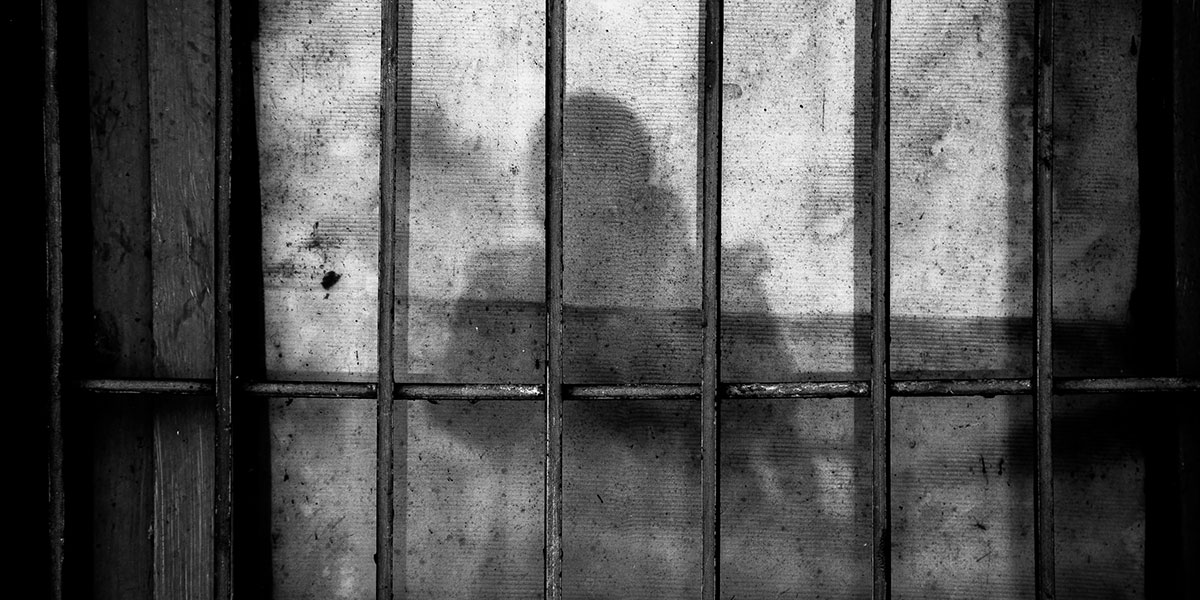The death penalty has been in the public eye since dating back to the Eighteenth Century B.C. Is it morally right or wrong? Should it be a life for a life when it comes to Death Row inmates who have committed heinous crimes? Or is the death penalty little more than murder in the name of the law? The death penalty should be banned and here’s why.
“The death penalty is not about whether people deserve to die for the crimes they commit. The real question of capital punishment in this country is: ‘Do we deserve to kill?” – Bryan Stevenson, Author of “Just Mercy: A Story of Justice and Redemption” Photo by Ye Jinghan on Unsplash
__________________________________________________
According to the Death Penalty Information Center, an organization that shares statistics on the death penalty, 27 states in the United States have the death penalty, while 23 states do not have the death penalty, only having life without parole in its place.
The death penalty is a barbaric practice that should not be allowed in the United States, or any country for that matter.
It violates the constitutional ban against cruel and unusual punishment because prisoners are people too.
The states that allow the death penalty are killing a person with premeditation and ceremony in the name of “justice.”
According to the Crime Museum, an educational resource on law enforcement, crime history, and forensic science, capital punishment was used far earlier in the history of this country for a wider variety of crimes, such as arson, rape, robbery and counterfeiting.
Today, capital punishment is almost exclusively reserved for those who commit murder.
For some states, other various crimes are punishable by the death penalty but there is currently no one on death row for any crime other than murder.
The rape of a child is deemed legal for the death penalty in Texas, Oklahoma, South Carolina, Montana, Louisiana, and Georgia.
Capital offenses exist in state law for various other crimes: treason (Arkansas, Colorado, California, Georgia, Illinois, Louisiana, Mississippi, Missouri, Washington); aggravated kidnapping (Colorado, Idaho, Illinois, Missouri, Montana); drug trafficking (Florida, Missouri); aircraft hijacking (Georgia, Missouri); placing a bomb near a bus terminal (Missouri); espionage (New Mexico); aggravated assault by incarcerated, persistent felons, or murderers (Montana).
According to the Death Penalty Information Center, only one person was on death row for a non-murder offense (Patrick Kennedy) when the U.S. Supreme Court addressed this issue in 2008. No one has been executed for such a crime since the death penalty was reinstated in 1976.
Patrick Kennedy was convicted and sentenced to death in 2004 for the rape of his 8-year-old step-daughter.
Lethal injection is the most common method for execution in all of the states with the death penalty.
Fifteen states still authorize other methods such as firing squad, electrocution, gas chamber, and hanging.
The condemned prisoner can usually choose their method of execution in the states which allow the different methods.
Richard Van Hook was executed on July 18, 2018, with a three-drug cocktail beginning with Midazolam.
An autopsy report done by Dr. Mark Edgar, of Emory University Hospital in Atlanta, of Van Hook’s body showed findings of “severe respiratory distress with associated sensations of drowning, asphyxiation, panic and terror related to the Midazolam drug used in his execution.”
Regardless of error or not, lethal injection can be uncomfortable for the inmate because, in total, it takes about 5 minutes for the heart to stop beating.
According to Dr. Joel Zivot of Emory University Hospital in Atlanta, many autopsies of inmates who have received a lethal injection show signs of pulmonary edema.
Pulmonary edema is when the lungs fill with blood, plasma and other fluids, inducing a feeling of suffocation.
Dr. Zivot said that lethal injections cause “a death of organ failure, of a dramatic nature, that I recognized would be associated with suffering.”
Most states use three drugs during a lethal injection: The first is supposed to anesthetize inmates, the second paralyzes them, and the third stops the heart.
Evidence shows in this study that many inmates are not being properly anesthetized and are therefore feeling the suffocating and drowning sensation brought on by pulmonary edema.
Death by lethal injection is inhumane and should not be legal as it causes suffering to the person.
The cost of execution is more expensive than giving an inmate life without parole.
As stated in HR.org Legal Resources, the appeals process consumes hours of labor, not only by court staff, but also by the often court-appointed, taxpayer-funded, and constitutionally guaranteed public defenders.
As a result, some estimate that it costs U.S. taxpayers between $50 million and $90 million more per year (depending on the jurisdiction) to prosecute death penalty cases than life sentences.
Life without parole is the better punishment because the inmate must live with what they have done and will never be a part of society again.
Their freedom is taken away rather than their life.
We punish those who take a life, so why under the law is it OK to take one’s life under the clause of “justice”?
